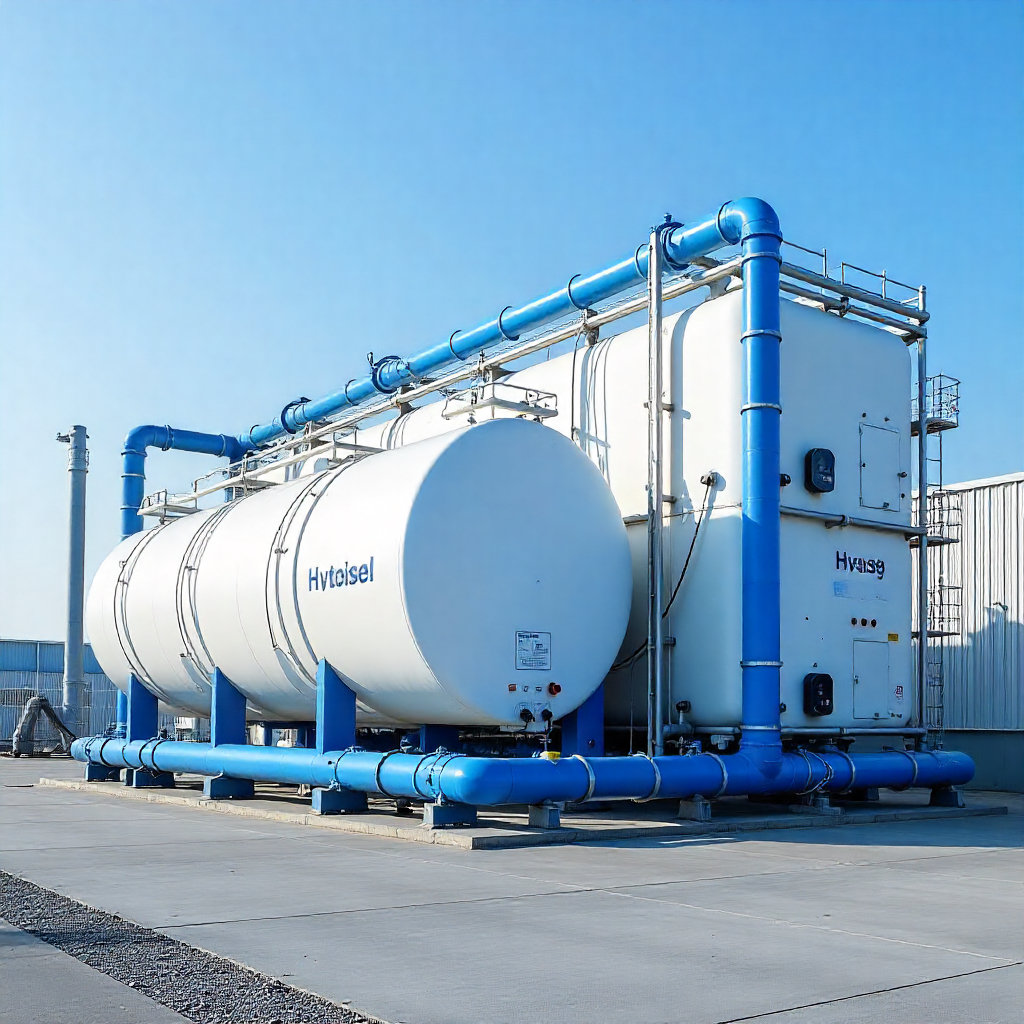1. Overview
Source: Official websites of CDSL and NSDL
India has two major securities depositories: Central Depository Services (India) Ltd. (CDSL) and National Securities Depository Ltd. (NSDL). Both play a pivotal role in the Indian capital markets, enabling electronic storage and transfer of securities. While they serve similar purposes, their business models and target segments differ significantly.
2. Business Model Comparison
a) CDSL: Retail-Driven Model
CDSL’s business primarily caters to retail investors, thriving on the exponential growth of individual demat accounts.
Key business activities:
-
Account Maintenance: Charges annual maintenance fees and transaction fees through Depository Participants (DPs) serving retail clients.
-
High Transaction Volumes: Retail clients trade frequently in smaller lot sizes, resulting in steady transaction-based revenue.
-
Digital & Ancillary Services: Through its subsidiary CVL, CDSL provides services like:
-
Dematerialization of Unlisted Shares: Rising demand from startups and ESOP stakeholders creates additional revenue avenues.
Scalability: CDSL’s model thrives on volume growth, low operating cost, and digital integration, making it highly scalable and profitable with expanding margins.
b) NSDL: Institution-Driven Model
NSDL was India’s first depository and continues to dominate in the institutional and custody segment.
Key business activities:
-
Custody & Settlement: Major clients include mutual funds, FIIs, insurance companies, and pension funds.
-
Debt Market Instruments: Preferred platform for handling corporate bonds, G-Secs, CPs, and CDs.
-
Issuer Services: Facilitates IPO processes, dividend distributions, bonus issues, and buybacks.
-
Government Projects via NSDL e-Gov:
Revenue Characteristics:
3. Financial Performance (₹ in Crore)
Source: Screener.in and UnlistedZone
| Particulars |
CDSL (FY25E) |
NSDL (FY25E est.) |
| Revenue |
₹872 Cr |
₹1,056 Cr |
| PAT |
₹550 Cr |
₹340 Cr (estimated) |
| Net Profit Margin |
~63% |
~32% |
4. Valuation Snapshot (as on 30-Apr-2025)
| Parameter |
CDSL |
NSDL (Unlisted) |
| Market Capitalization |
₹27,000 Cr |
₹15,000 – ₹18,000 Cr |
| FY25E PAT |
₹550 Cr |
₹340 Cr (est.) |
| P/E Ratio (FY25E) |
~50x |
Implied ~44x – 53x |
| Shares Outstanding |
~20.9 Cr |
~20 Cr |
5. Conclusion
| CDSL |
NSDL |
| High growth potential from retail boom |
Stable institutional income and government ties |
| Profitable due to volume + tech advantage |
Lower volatility with stickier contracts |
| Best suited for growth-focused investors |
Ideal for conservative or long-term investors |
Final Verdict: Both depositories offer distinct value propositions.
-
Choose CDSL if you seek high growth and returns driven by retail and fintech momentum.
-
Choose NSDL if you prefer stability, long-term contracts, and exposure to India’s institutional financial infrastructure.
Investment decision should align with your risk appetite and holding period.




